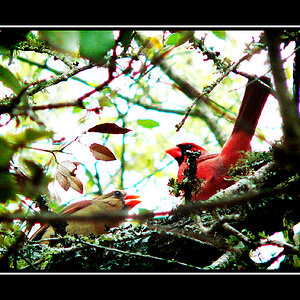Navigation
Install the app
How to install the app on iOS
Follow along with the video below to see how to install our site as a web app on your home screen.

Note: This feature currently requires accessing the site using the built-in Safari browser.
More options
You are using an out of date browser. It may not display this or other websites correctly.
You should upgrade or use an alternative browser.
You should upgrade or use an alternative browser.
Nightshots
- Thread starter timmag
- Start date
HikinMike
No longer a newbie, moving up!
- Joined
- Nov 6, 2009
- Messages
- 1,438
- Reaction score
- 147
- Location
- Atwater, CA
- Website
- www.imagesinthebackcountry.com
- Can others edit my Photos
- Photos NOT OK to edit
You want the highest ISO you have, the largest aperture (smallest f/ number) and tripod can help too. You'll probably have to use a very slow shutter speed, but depending on what your trying to capture, that might be a good thing.
Eco
TPF Noob!
- Joined
- Oct 27, 2009
- Messages
- 315
- Reaction score
- 0
- Location
- Boston MA
- Can others edit my Photos
- Photos OK to edit
I just tried some tonight for the first time with my D90. I had to push the AF-L/AF-L button to get the shutter to work, I'm not sure if there is an easier way but it would not work without it. IMO a good tripod is a must unless you can hold your camera still for up to 30 seconds.
HickinMike, any clue why my camera selected an ISO of 200 when set on auto?
HickinMike, any clue why my camera selected an ISO of 200 when set on auto?
HikinMike
No longer a newbie, moving up!
- Joined
- Nov 6, 2009
- Messages
- 1,438
- Reaction score
- 147
- Location
- Atwater, CA
- Website
- www.imagesinthebackcountry.com
- Can others edit my Photos
- Photos NOT OK to edit
...
HickinMike, any clue why my camera selected an ISO of 200 when set on auto?
No clue, I use a Canon 5D. :mrgreen:
creisinger
TPF Noob!
- Joined
- Oct 19, 2009
- Messages
- 470
- Reaction score
- 2
- Location
- Miami
- Website
- www.stockphoto-images.com
- Can others edit my Photos
- Photos NOT OK to edit
Forget AUTO!!!!
If you want to learn shooting with the D90 (or any D-SLR) get out of AUTO-Mode.
Learn about the relation between ISO, shutter speeds and aperture. Once you master those 3 things you'll be a much happier person.
First: Increasing ISO to the highest possible is not recommended IMHO as you will create more noise than necessary BUT that depends on what you shoot!
For example if you shoot a skyline at night there is no need whatsoever to shoot at 1600 ISO. Leave it 200 but reduce shutter speeds to maybe 1 or 2 seconds. Shutter speeds and aperture settings depend on the overall light which is in your scene.
Second: Different aperture does interesting things when shooting lights. It can create great effects when using f22 instead of f5.6.
However, you will get much shorter exposure times if you shoot with f5.6 in case you need to capture walking people. Those would be recognizable as people but blurry. If you use f22 in the same sceen with people walking by, your shutter speeds would be so slow that you couldn't even tell that somebody walked through the frame.
This is a learning curve. Play with the settings and write them down to compare the results later.
In AUTO mode the camera does the thinking for you and adjust the settings,, well AUTOmatically. Like I said, shooting at night should be done manually to get best results and you're not going to learn anything when shooting in AUTO.
If you want to learn shooting with the D90 (or any D-SLR) get out of AUTO-Mode.
Learn about the relation between ISO, shutter speeds and aperture. Once you master those 3 things you'll be a much happier person.
First: Increasing ISO to the highest possible is not recommended IMHO as you will create more noise than necessary BUT that depends on what you shoot!
For example if you shoot a skyline at night there is no need whatsoever to shoot at 1600 ISO. Leave it 200 but reduce shutter speeds to maybe 1 or 2 seconds. Shutter speeds and aperture settings depend on the overall light which is in your scene.
Second: Different aperture does interesting things when shooting lights. It can create great effects when using f22 instead of f5.6.
However, you will get much shorter exposure times if you shoot with f5.6 in case you need to capture walking people. Those would be recognizable as people but blurry. If you use f22 in the same sceen with people walking by, your shutter speeds would be so slow that you couldn't even tell that somebody walked through the frame.
This is a learning curve. Play with the settings and write them down to compare the results later.
In AUTO mode the camera does the thinking for you and adjust the settings,, well AUTOmatically. Like I said, shooting at night should be done manually to get best results and you're not going to learn anything when shooting in AUTO.
Eco
TPF Noob!
- Joined
- Oct 27, 2009
- Messages
- 315
- Reaction score
- 0
- Location
- Boston MA
- Can others edit my Photos
- Photos OK to edit
This could be a fun learning thread. What settings would you suggest to make this waterfall picture better? Note: it was shot 2.5 hours after the sunset, the red/orange reflection is from cars passing by. F/2.8, shutter 30, ISO 200


creisinger
TPF Noob!
- Joined
- Oct 19, 2009
- Messages
- 470
- Reaction score
- 2
- Location
- Miami
- Website
- www.stockphoto-images.com
- Can others edit my Photos
- Photos NOT OK to edit
I think in this particular scene there is not much YOU can do.
Long exposure water shots (river shots) make most sense if you can see more of where the water is coming from and where it's going (that's my thing again...).
It's nice to capture the light reflection in the little water fall but that's about it.
I'd get a ND filter and shoot it in the late afternoon to get more ambient light.
Also not all waterfalls qualify for being a good subject...
All this, is very subjective so take it with a grain of salt.
Long exposure water shots (river shots) make most sense if you can see more of where the water is coming from and where it's going (that's my thing again...).
It's nice to capture the light reflection in the little water fall but that's about it.
I'd get a ND filter and shoot it in the late afternoon to get more ambient light.
Also not all waterfalls qualify for being a good subject...
All this, is very subjective so take it with a grain of salt.
HikinMike
No longer a newbie, moving up!
- Joined
- Nov 6, 2009
- Messages
- 1,438
- Reaction score
- 147
- Location
- Atwater, CA
- Website
- www.imagesinthebackcountry.com
- Can others edit my Photos
- Photos NOT OK to edit
This could be a fun learning thread. What settings would you suggest to make this waterfall picture better? Note: it was shot 2.5 hours after the sunset, the red/orange reflection is from cars passing by. F/2.8, shutter 30, ISO 200
Using a tripod and a very long exposure, use a flashlight and 'Paint by Light'.
Similar threads
- Replies
- 9
- Views
- 242
- Replies
- 2
- Views
- 160
- Replies
- 38
- Views
- 3K


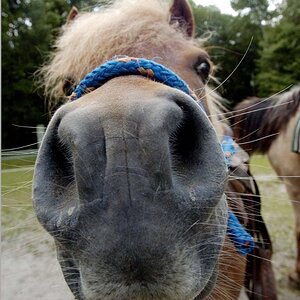
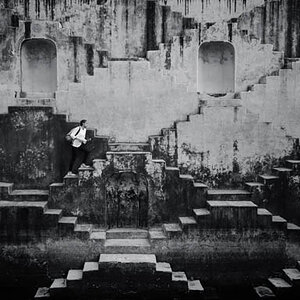
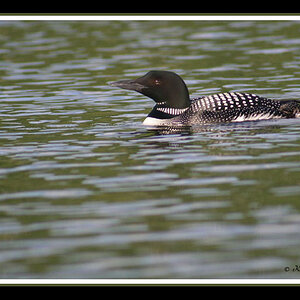
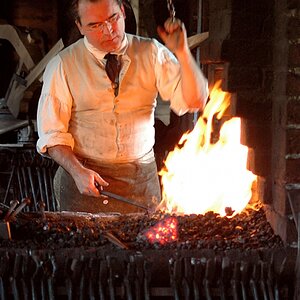
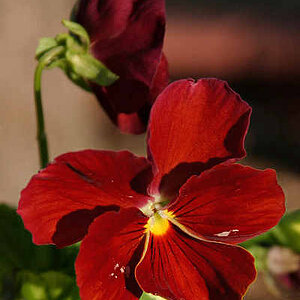
![[No title]](/data/xfmg/thumbnail/32/32701-51bacbc6ea9d40683123c14f053d4742.jpg?1619735603)
![[No title]](/data/xfmg/thumbnail/37/37602-1ef8dbb1c2d0e4ff347ee65d328c3603.jpg?1619738147)

![[No title]](/data/xfmg/thumbnail/35/35965-cac1057a7f2dd8e8aeeefed50ae8c080.jpg?1619737282)
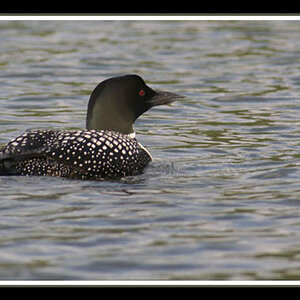
![[No title]](/data/xfmg/thumbnail/32/32702-7344d6e6132276dd7bfc046084fea432.jpg?1619735604)
